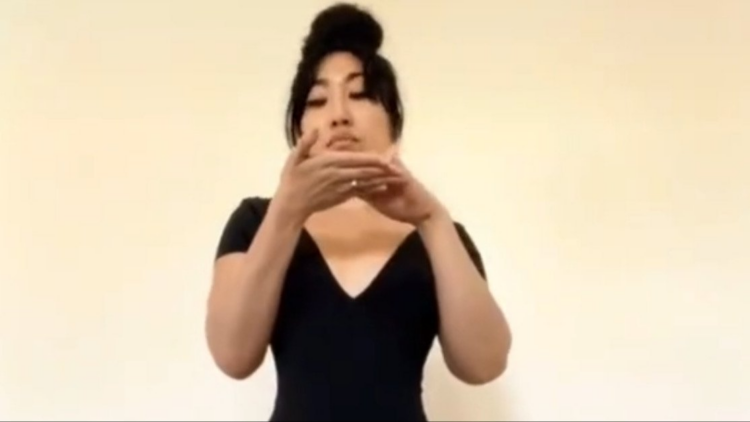A fitness blogger has made a powerful argument against “treating our bodies like fast fashion” by breaking down historical beauty standards and showing her TikTok followers what the “perfect female body” used to look like.
In recent years, there’s been a growing movement to reject the narrow expectations that our society tends to put on people’s bodies. And while we’re starting to see how that conversation applies to men , ideal body standards have historically had a particularly harmful effect on how women perceive themselves.
And while body positivity advocates have been passionately fighting against this phenomenon for years, those beauty standards continue to develop and remain influential.
That reality has led one woman to show us how quickly and dramatically they can fluctuate and why it’s better to embrace a variety of different bodies.
On July 12, fitness blogger Cassey Ho uploaded an ambitious TikTok video that saw her alter footage of her body to fit the beauty standards of various time periods.

As we can see, she began with the popular demand for thick thighs and posteriors yet tiny waists that seems to dominate the influencer market nowadays.
And as she told Good Morning America , it was appropriate for her to start here because recent changes in Kim Kardashian’s body and her own frustrations with trying to keep up with modern body expectations are what inspired this project.
Because as she mentioned, it was only a few years ago that people seem to prioritize achieving a “thigh gap.”

And as Ho went on to demonstrate, this emphasis on more slender bodies has its own echoes in the “heroin chic” era of the 1990s that she described as looking “emaciated” and how flappers were expected to look during the 1920s.
Meanwhile, the slightly more voluptuous bodies prized by the current and likely fleeting standards had their own echo in the hourglass figures expected during the 1950s.
But of course, Ho pointed out that none of these body types would have been considered the most desirable during the Renaissance.

As CNN outlined, plus-sized women tended to be elevated prior to the 20th century, particularly in the works of 17th-century artist Peter Paul Rubens for whom the term “Rubenesque” was coined.
Ho went to the effort of capturing these body types to express what happened whenever she chased the body standards of the day, regardless of what was required.
In her words, “Here’s the thing though — it’s never fulfilling and never long-lasting when it’s done just for vanity and done because someone else is pressuring you to do it.”
So ultimately, Ho comes to the conclusion that if we’re going to change body standards yet again this decade, that change should have us “stop treating our bodies like fast fashion.”
As she put it to Good Morning America, “We as women aren’t lumps of clay for society to mold, and we shouldn’t feel this constant pressure to change our bodies to feel beautiful, and even worse — to feel on trend. I am hopeful that one day we will get to a stage where the body trend is no trend at all.”
h/t: Good Morning America
















































